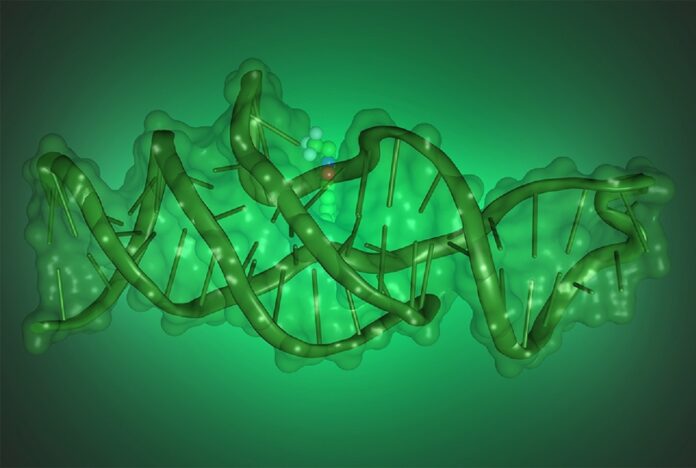In recent years, DNA nanotechnology has rapidly evolved, revealing the remarkable ability of DNA molecules to fold into intricate and programmable three-dimensional structures. These structures, known as DNA origami, have sparked immense interest due to their potential to revolutionize various scientific and technological domains. By leveraging the inherent base-pairing properties of DNA, researchers have harnessed its folding capabilities to construct nanoscale devices, drug delivery systems, biosensors, and more.
The study aims to explore the diverse range of functions DNA can achieve by folding into complex shapes, shedding light on the exciting prospects for the future of DNA nanotechnology. Through a comprehensive analysis of recent advancements, we highlight the potential of DNA origami as a versatile platform for designing and implementing innovative solutions across multiple disciplines.
Recent research by scientists from Weill Cornell Medicine and the National Heart, Lung, and Blood Institute, affiliated with the National Institutes of Health, has demonstrated that DNA can mimic protein functions by adopting intricate, three-dimensional structures. The study, published in Nature on June 21, utilized advanced imaging techniques to unveil the detailed architecture of a custom-designed DNA molecule that emulates the characteristics of green fluorescent protein (GFP), originally derived from jellyfish and widely employed as a fluorescent marker in laboratory investigations.
The findings represent a significant breakthrough in comprehending DNA’s folding capabilities and lay the foundation for constructing complex DNA molecules with versatile applications in laboratory and clinical settings. Notably, developing all-DNA fluorescent tags resembling GFP could serve as highly effective tools for labeling specific DNA segments in biological studies and diagnostic test kits, offering a cost-effective alternative for these applications.
Study co-author Dr. Samie Jaffrey, Greenberg-Starr Professor of Pharmacology and a Sandra and Edward Meyer Cancer Center member at Weill Cornell Medicine, said, “These findings change our understanding of what we can do with DNA.”
DNA, typically found in a stable double-stranded helical form, primarily functions as a repository of genetic information in living organisms. At the same time, other molecules, particularly proteins, carry out complex cellular processes. However, a recent discovery by Dr. Jaffrey and his team introduced a single-stranded DNA molecule called “lettuce” that can imitate the behavior of green fluorescent protein (GFP). Lettuce can induce fluorescence by binding to a small organic molecule known as a fluorophore, similar to GFP, through a squeezing mechanism.
In a notable application, the researchers demonstrated the lettuce-fluorophore combination as a rapid detection tool for SARS-CoV-2, the virus responsible for COVID-19. Dr. Jaffrey and his team collaborated with Dr. Adrian R. Ferré-D’Amaré, a senior investigator at the National Heart, Lung, and Blood Institute (NHLBI), to unravel the structure responsible for lettuce’s unique abilities.
In a groundbreaking study, Dr. Luiz Passalacqua and his team used advanced imaging techniques to uncover the atomic-scale structure of lettuce. They employed cryo-electron microscopy and discovered a unique four-way junction of DNA within the lettuce’s folding pattern. This structure encloses a fluorophore, activating it like GFP. The researchers also noted that the lettuce’s foldings are held together by bonds between nucleobases, the DNA building blocks often called “letters.” Dr. Ferré-D’Amaré highlighted that these findings showcase DNA’s distinctive approach rather than trying to imitate proteins like GFP.
The discovery is anticipated to expedite the development of fluorescent DNA molecules, including lettuce, for applications like rapid diagnostics and other scientific uses where a DNA-based fluorescent tag is desirable. Dr. Jaffrey emphasized the importance of such studies in advancing the creation of new DNA-based tools. Further studies and advancements in this field are expected to contribute to the creation of new DNA-based tools for various applications in the future.
Journal Reference:
- Bria S. VarnBuhler, Jared Moon, et al. Detection of SARS-CoV-2 RNA Using a DNA Aptamer Mimic of Green Fluorescent Protein. American Chemical Society. DOI:10.1021/acschembio.1c00893.
